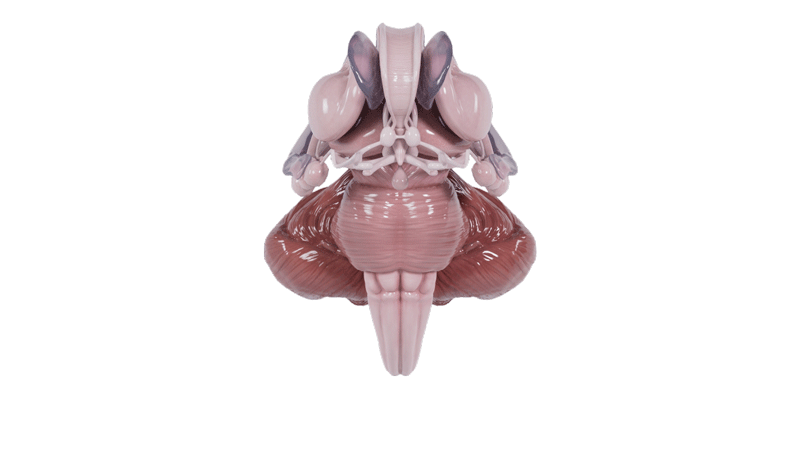Endocrine System

The endocrine system is the body’s chemical communication network, regulating growth, metabolism, stress response, reproduction, fluid balance, sleep, and homeostasis through hormones. Endocrine glands release hormones directly into the bloodstream to influence distant tissues, maintaining internal balance and coordinating long-term physiological processes.
Relevant Herbal Actions:
Herbal Allies:
Hypothalamus
- Integrates nervous + endocrine systems
- Releases regulatory hormones (GnRH, TRH, CRH, GHRH)
Pituitary Gland (Master Gland)
Anterior pituitary:
- FSH, LH
- ACTH
- TSH
- GH
- Prolactin
Posterior pituitary:
- Oxytocin
- ADH (antidiuretic hormone)
Thyroid Gland
- Follicles filled with colloid
- Produces T3 and T4 (metabolic regulation)
- Parafollicular C cells (calcitonin)
Parathyroid Glands
- Produce PTH (calcium regulation)
Adrenal Glands
Cortex:
- Mineralocorticoids (aldosterone)
- Glucocorticoids (cortisol)
- Androgens
Medulla:
- Epinephrine + norepinephrine (fight-or-flight)
Pancreas (Endocrine Portion)
- Islets of Langerhans
- α cells: glucagon
- β cells: insulin
- δ cells: somatostatin
Pineal Gland
- Produces melatonin
- Regulates circadian rhythm
Gonads (interlinked with reproductive system)
- Ovaries: estrogen, progesterone
- Testes: testosterone